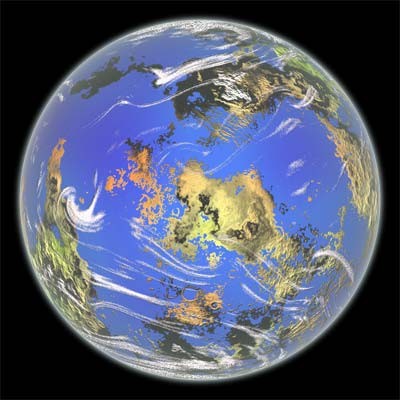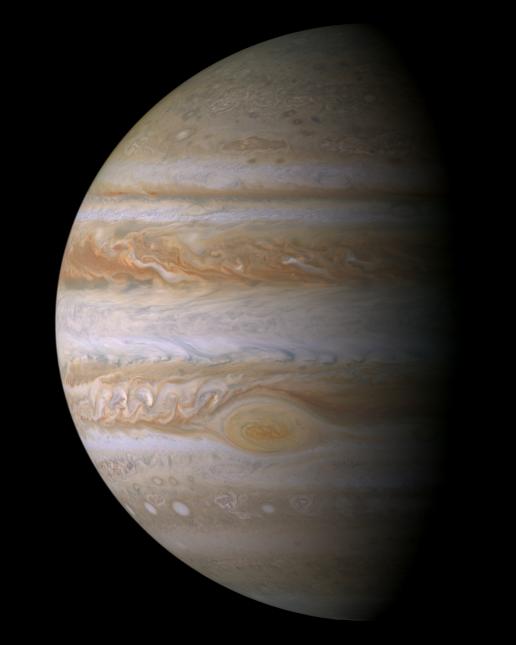Key Takeaways:
The thought of life elsewhere in the universe captures the collective imagination and compels scientists to search the sky for any sign of cosmic company. To date, about 110 extrasolar planets have been discovered dancing around distant stars, and with roughly one hundred billion stars in our galaxy alone, the possibilities for life out there seem endless. Still, with so many places to look, where should astronomers begin?
University of Washington astronomer Sean Raymond and colleagues think they’ve found the answer. In recent computer simulations, the team uncovered a set of vital clues that may help observers hone in on life-sustaining planets.
While scientists don’t know exactly what conditions give rise to life, they do know a key ingredient: water. According to the recent study, involving 44 computer simulations of late-stage planetary formation, planets in stars’ habitable zones, where liquid water can exist, should be quite common. In fact, such planets formed in a quarter of the group’s simulations.
But even if a planet would be lucky enough to find itself in this liquid zone, there’s no guarantee it actually would have water. That’s because when terrestrial planets like Earth form, they are too hot to accommodate water. Farther away from a star, though, conditions are suitable for ice. Astronomers believe that asteroids and other such debris carry ice from this region to inner planets, delivering water upon impact.
In any planetary system, therefore, the water content of an Earth-like planet would depend crucially on the orbit of its Jupiter-like neighbor. First, the farther out the giant lives, the more icy material it can herd inward, and the higher the chances for a wet, habitable planet. Second, if the shape of Jupiter’s orbit is too elliptical, its gravitational thrust will be stronger in some regions than in others, rendering it more likely to send the water-laden rubble flying off into interstellar space. A more circular orbit would result in a wetter Earth-like planet. In our solar system, Jupiter’s orbit is slightly elliptical; hence Earth is 80 percent ocean rather than a landless, flooded world.
The recent simulations suggest the universe is littered with an extensive variety of planets and planetary systems, ranging from those with many small, dry planets to massive, habitable planets awash in water. But for every system, the relationship between a Jupiter-like planet and terrestrial planets is the same. And that’s key because, while current instruments are not capable of searching for Earth-like planets directly, they can detect Jupiter-like planets. Scientists then can determine which solar systems are most likely to harbor life. That way, when future planet-hunting missions head out in search of wet worlds, they’ll be looking in all the right places.
It seems our precious Earth — with its mass, location, and water content — is a relatively typical planet. If that’s truly the case, it could be that life, too, is a typical occurrence. For now, we can only contemplate what the twinkle of distant stars hides, but the intriguing possibility of life elsewhere in the universe blazes bright.
“From my point of view,” says Raymond, “the chance for life on other planets is looking pretty good.”










